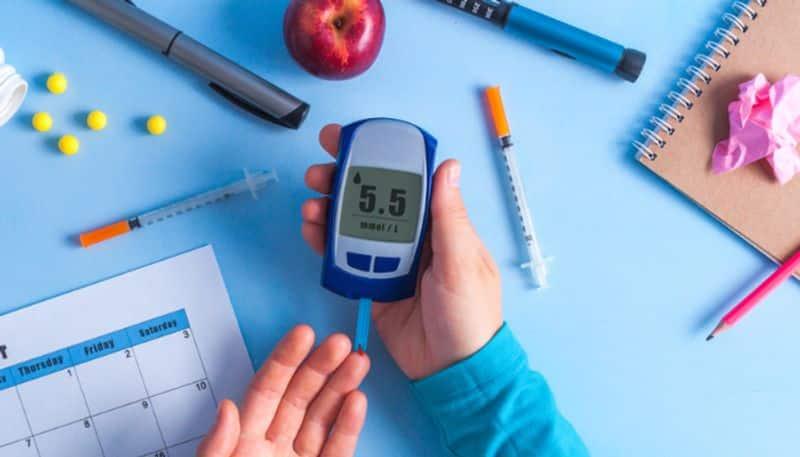Do You Have Diabetes? Create Healthy Eating Plan To Maintain Your Blood Sugar Level
Date
6/24/2024 4:01:05 AM
(MENAFN- AsiaNet News) Know about diabetes nutrition therapy and plan your daily meal with an approach based on counting carbohydrates and understanding the glycemic index or load of foods rather than just chasing your calorie intake.
An in-depth knowledge is imperative to managing your Diabetes, which helps to avoid complications and ultimately results in managing it effectively without going higher on your medication dosage. Learn to manage your meal planning with the help of these simple rules:
Portion control is of paramount importance in the management of Diabetes
A quarter, or a quarter and half, is a simple way to know your portion size on your meal plate. A quarter cup of complex and unpolished carbohydrates such as whole grains (unpolished rice, millet, oats, quinoa, and whole wheat) Another quarter of protein is mostly lean or plant-based (eggs, chicken, fish, sprouts, beans, dhal, soya, paneer, curd, nuts, and so on). Finish with the other half of the non-starchy vegetables.

Know the glycemic index/load/carb content of each food
(This assesses the intensity and capability of each carbohydrate-containing food that raises your blood sugar levels after it has been cooked and consumed.)
Include low- to moderate-GI foods such as whole wheat, pearl millet, quinoa, brown rice, dhals, nuts, beans, guava, vegetables, and leafy greens. High-glycemic index and load foods should be restricted in quantity or mixed with high-fibre foods (polished rice, potato, white flour, tapioca, corn flakes, puffed rice, finger millet/ragi, dry fruit, etc.).
Change your style of eating:
Research has suggested that you begin your meal with vegetables and protein and end it with carbs, which help control your insulin levels. Chew foods thoroughly. Avoid eating large portions of carbohydrate-containing foods, even if they are low glycemic.
![]()
Do not chase calories, rather count carbs:
Your nutritionist will give you a list of carb-containing foods and an exchange list if you are insulin-dependent; this helps you adjust your carb and insulin doses accordingly. A carbohydrate-containing list of foods will also enable you to include foods and plan meals that are based on your preferences and choices.
Include healthy fats:
Choose healthy fat sources from nuts, fish, oilseeds, avocados, combinations of vegetable oils, etc., and restrict unhealthy sources from red meat, baked foods, and desserts.
Watch out for...
Drop in sugar levels, therefore always carry short eats. Keep candies /chocolates readily available in case of emergency. Trim down your waistline. Avoid or consume alcohol in moderate amounts. Low-carb or extreme diets or fasting should be planned and monitored by a registered dietitian and your doctor. Artificial sweeteners should be used rarely since they disturb your gut health. Limit salt to 1 teaspoon per day and total sodium <2300mg (while buying packed foods, check the label). Remember to check your kidney function whenever advised by your doctor so that your clinical dietitian can help you choose kidney-friendly foods. Check with your physiotherapist about high intensity exercise, and consult a registered dietitian or certified diabetes educator about customised advice.
- by Ms. Edwina Raj, Head of Services - Clinical Nutrition & Dietetics, Aster CMI Hospital, Bangalore
MENAFN24062024007385015968ID1108364110

Legal Disclaimer:
MENAFN provides the information “as is” without warranty of any kind. We do not accept any responsibility or liability for the accuracy, content, images, videos, licenses, completeness, legality, or reliability of the information contained in this article. If you have any complaints or copyright issues related to this article, kindly contact the provider above.